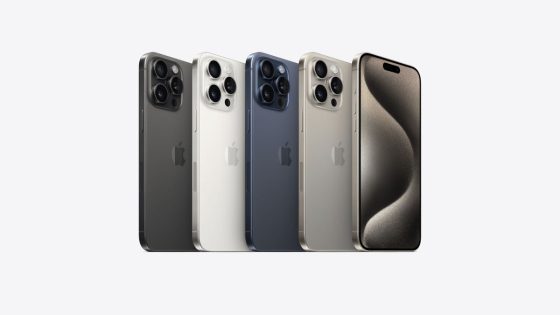Apple is bringing RCS support to iPhones: What does this mean for you،
In a move that no one expected, Apple announced that iPhones would finally support RCS SMS – for years they’ve been under pressure from Google and Android and, out of the blue, they gave in.
The importance of this announcement goes beyond simple communication by smartphone and also touches on questions of the social fabric itself. You see, the “blue versus green bubble war” is something that concerns not only tech users, but also parents, psychologists, and even celebrities.
But what does RCS support on iPhones mean to you? Let’s dive into it a little deeper.
What is RCS (Rich Communication Services)?
Technically speaking, RCS is a communications protocol allowing a text messaging system to succeed SMS. Unlike the outdated (but nonetheless important and irreplaceable) SMS system, RCS needs a data plan or Wi-Fi connection to work. RCS supports longer text, high-resolution multimedia, read receipts, encryption, and more.
In different parts of the world it is branded differently, but you have probably come across one of its different names: Advanced Messaging, joyn, SMSoIP, Message+ or SMS+.
The origins of RCS (and why SMS won’t go away)
RCS has been developed and discussed for over 15 years (it was proposed to the GSM Association in 2007), but it was only afterwards that Google decided to invest heavily in it in 2015 and design RCS as a successor to SMS message protocol. SMS technology was developed in the 1980s – SMS stands for Short Message Service and is commonly referred to as SMS. It’s a way to send text messages of up to 160 characters between phones. In December 1992, a test text message saying “Merry Christmas” was sent by Vodafone engineer Neil Papworth to his boss – some say it was the first message sent in the history of text messages. By 1995, most operators had commercially launched SMS.
SMS offers stability and reliability – all phones and carriers support it today, so Nokia 3310 owners can get in touch with those who own the latest Galaxy Ultra from the flagship S line. SMS does not require no data plan or Wi-Fi either, as text messages travel through the same channels as voice calls. However, SMS technology is extremely limited in terms of functionality and, above all, security.
Android and Apple still communicate via SMS
If you’re wondering why there’s so much talk about SMS, it’s because 30 years later after its mass commercial launch, when an Android phone user sends an SMS to an iPhone, the message is still SMS. What a shame!
This is why the messages you receive on your iPhone from Android are in green bubbles – to indicate that they are SMS and not iMessage (Apple’s messaging service which requires a subscription plan). data or Wi-Fi and offers much more than texting, but more on that later). on that).
RCS and iMessage
RCS guarantees support for much longer messages, high-resolution photos and videos, text read receipts, typing indicators, group chats, stickers, reactions, and more.
There are two main variations of RCS: the universal RCS standard and Google’s version of RCS technology. Both are compatible, but Google added a few extra layers that the universal standard lacks, like end-to-end message encryption.
This sounds all too familiar with Apple’s iMessage, but there are differences between the two, as iMessage offers Stickers and Memojis, as well as the ability to edit or unsend a message.
Great, so Apple and Android owners can now send each other encrypted text messages? Not so fast…
When is RCS coming to iPhones?
RCS support on iPhones is expected to go live sometime in 2024. Apple hasn’t given us a specific date, but it’s common sense to wait for RCS support with the release of iOS 18.
Impact of RCS on iPhone users
The devil is in the details, as they say. The detail here is that Apple will not support Google’s proprietary extension to RCS, but only the basic universal RCS standard. This means there is no E2EE (end-to-end encryption) when Apple and Android users text each other. Apple says it will work with the GSM Association on ways to further improve the basic RCS protocol.
The rest of the texting experience will be significantly improved once RCS is introduced to iPhones, however. Let’s summarize what Android and Apple users will get with Apple’s RCS support:
- Texting via Wi-Fi and mobile data
- Read receipts
- Strike Indicators
- Location sharing
- High resolution photos/videos
For iPhone-to-iPhone texting, nothing will change with the iMessage service once RCS is adopted.
Will the green bubbles finally disappear?
Apple said that with the introduction of RCS support, the green bubbles that iPhone users get when an SMS/MMS message arrives will still be around. Some hope that Apple at least chooses to use a different shade of green to differentiate SMS/MMS from RCS.
















